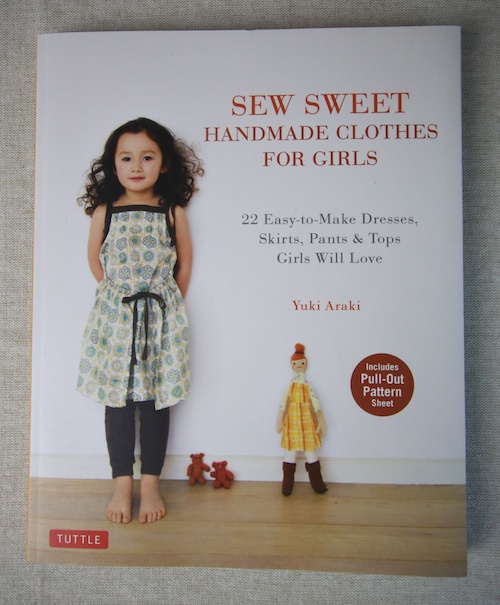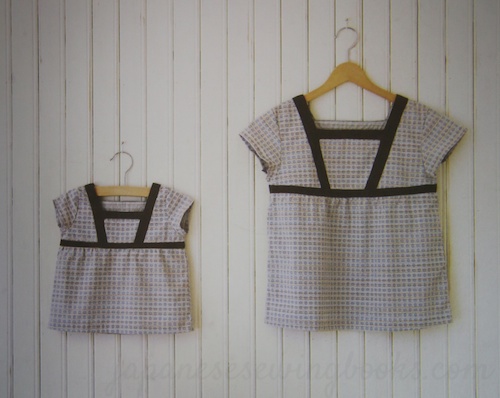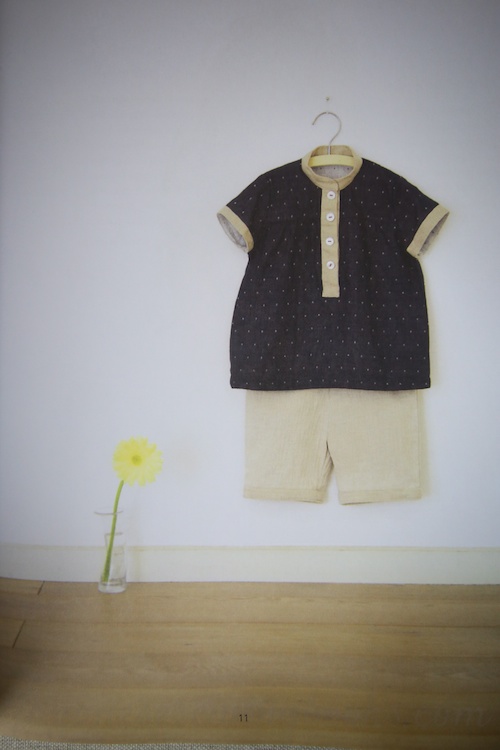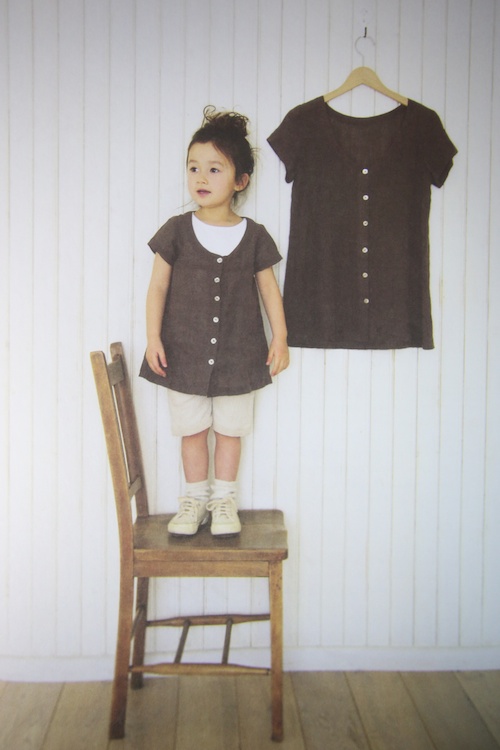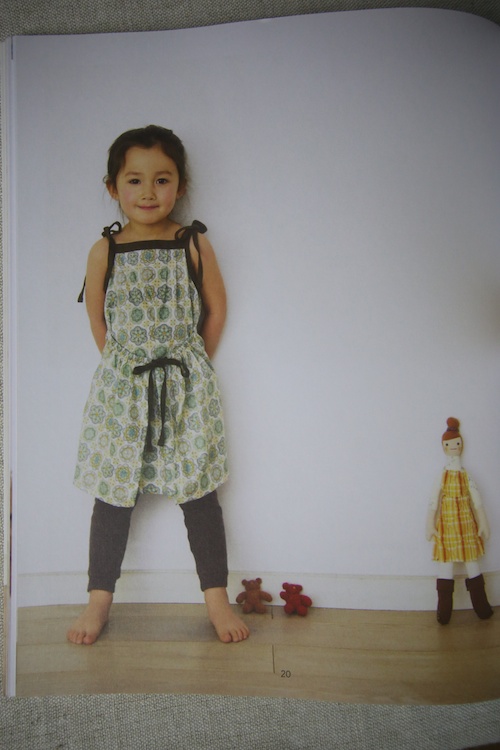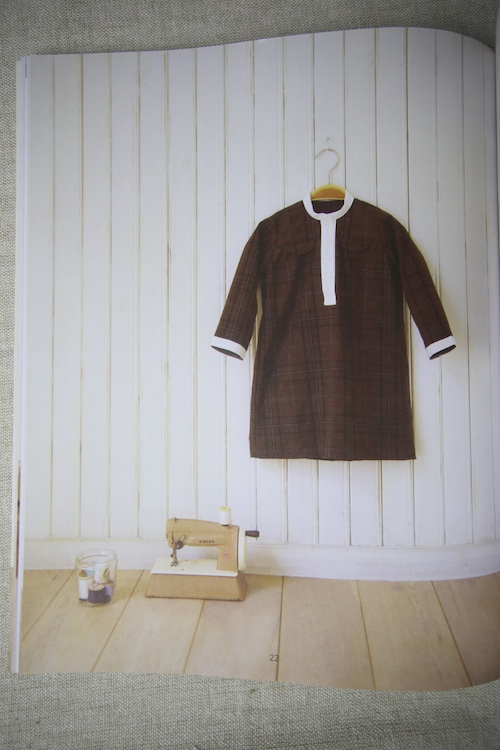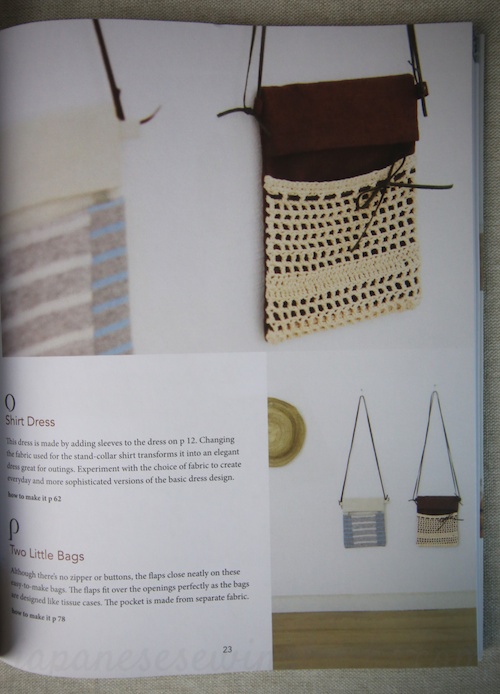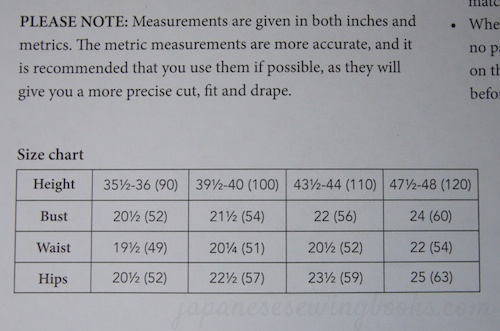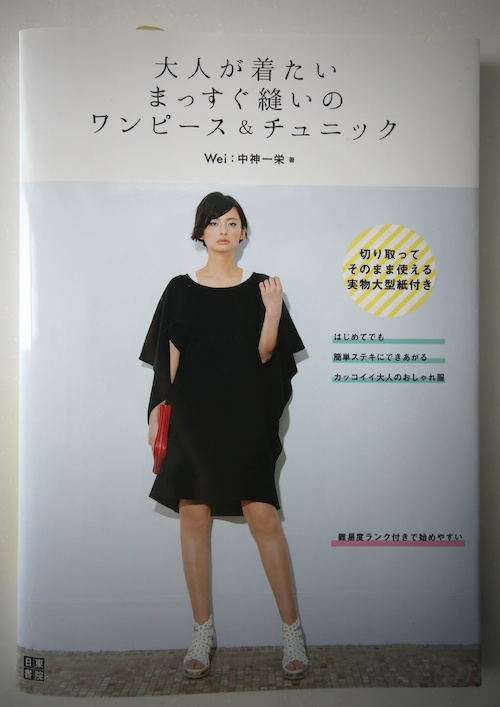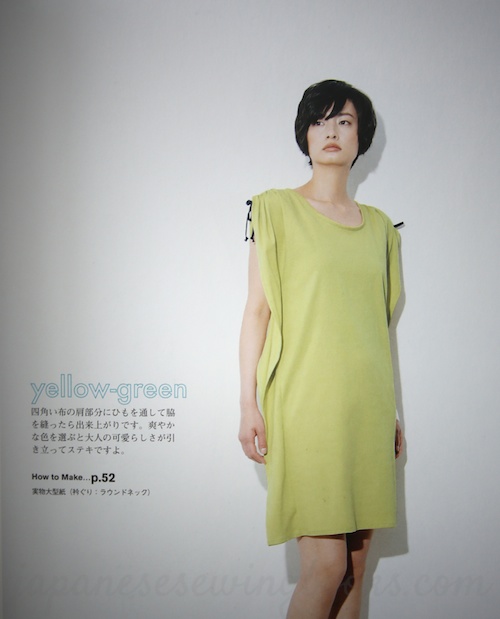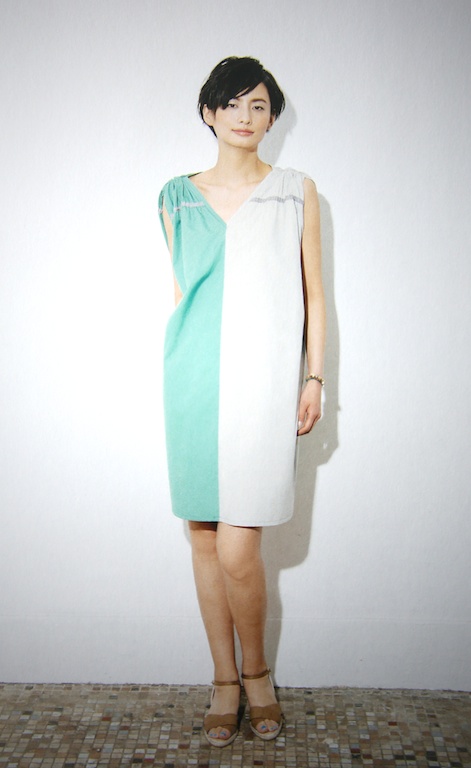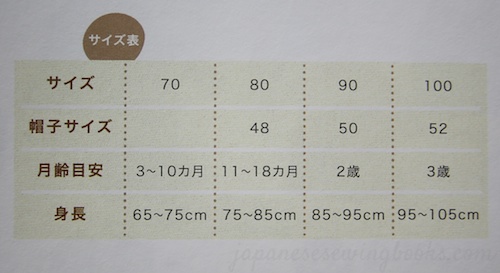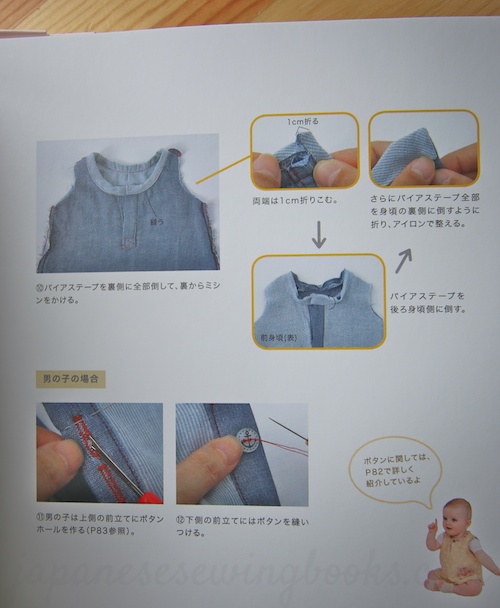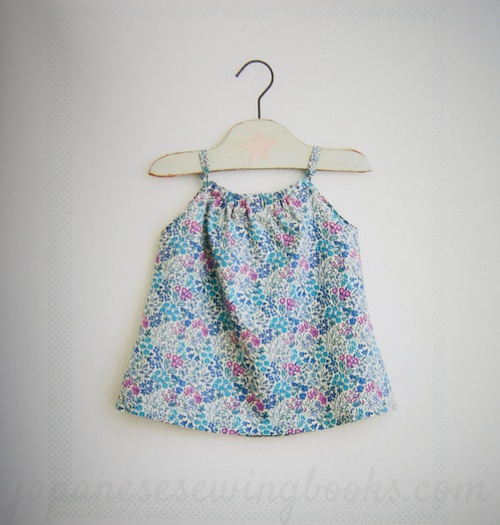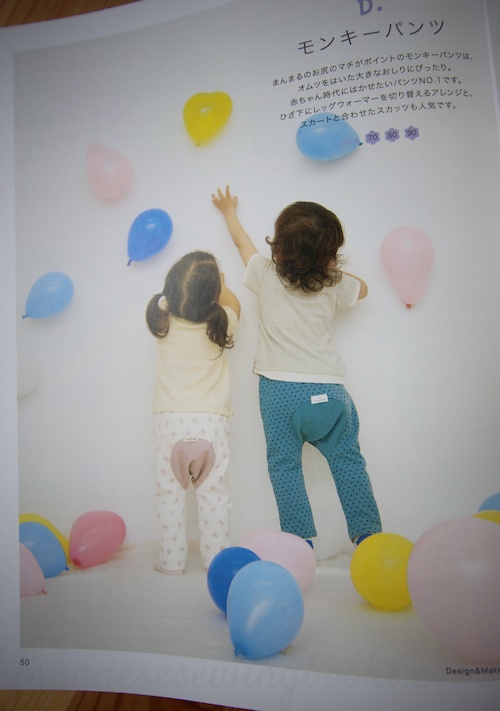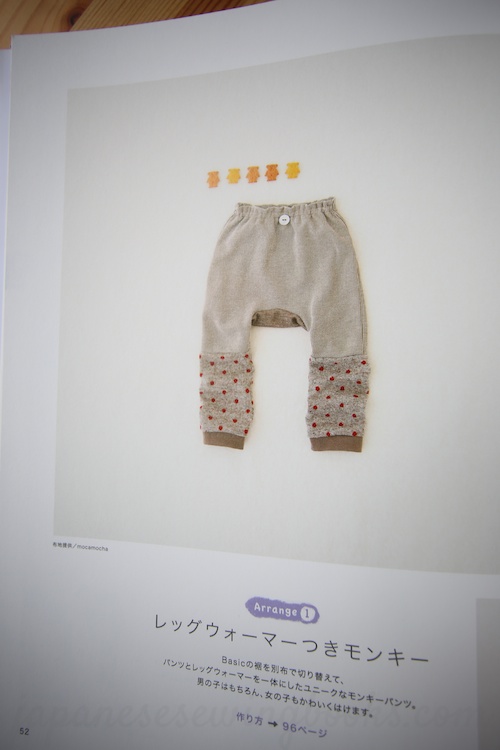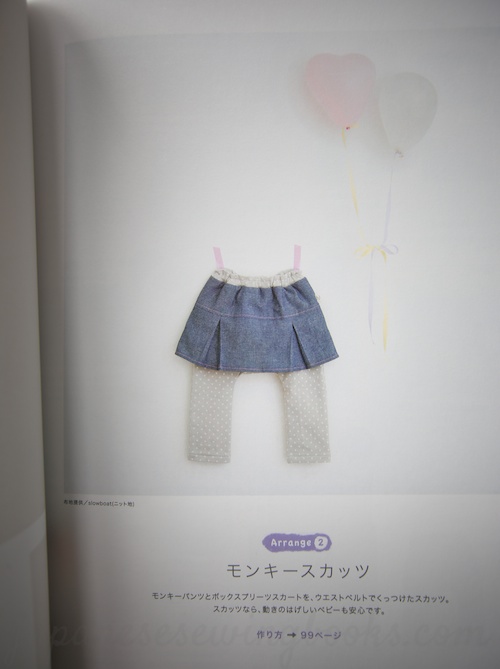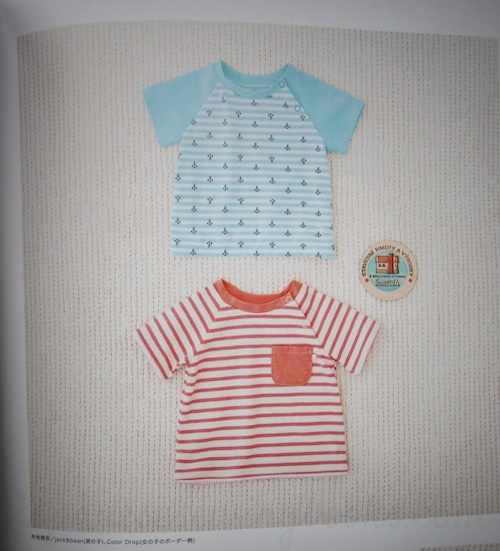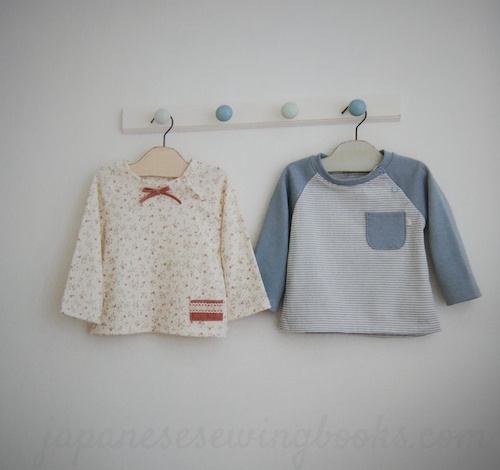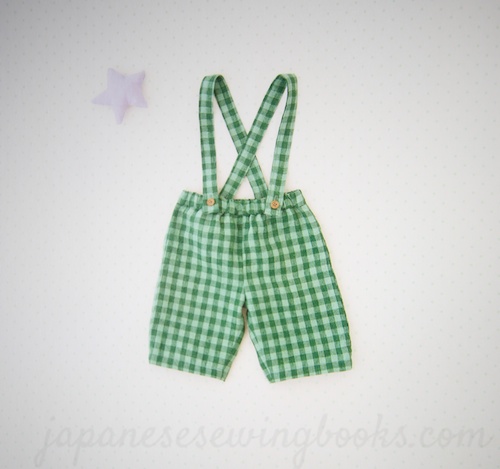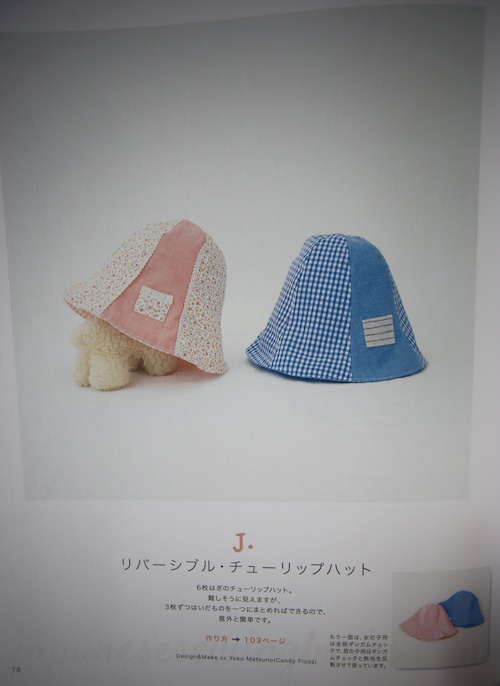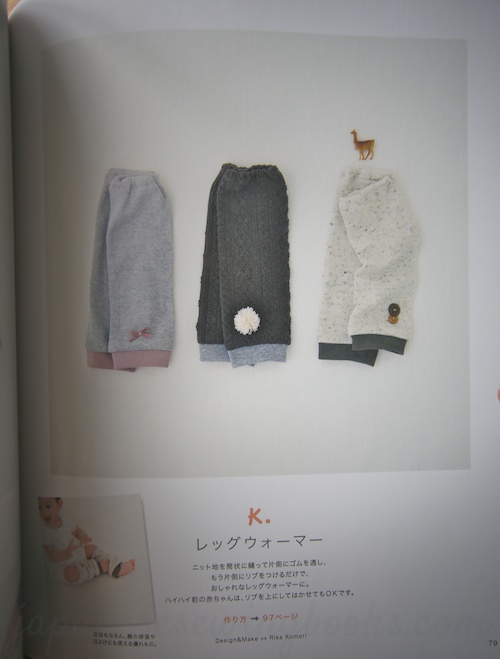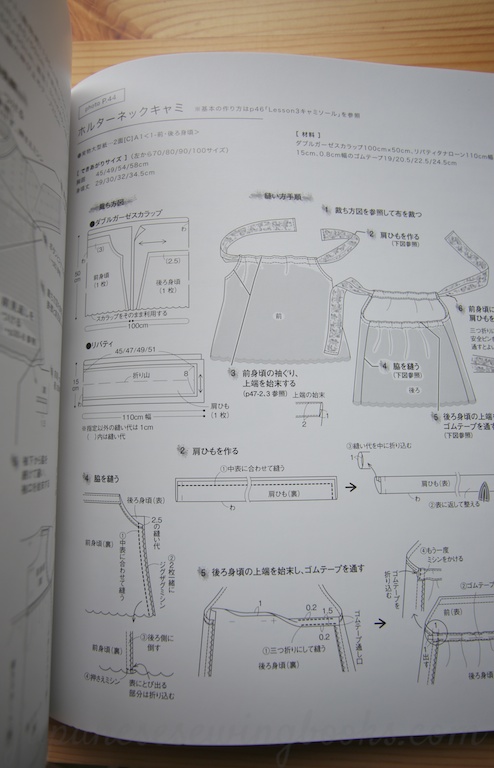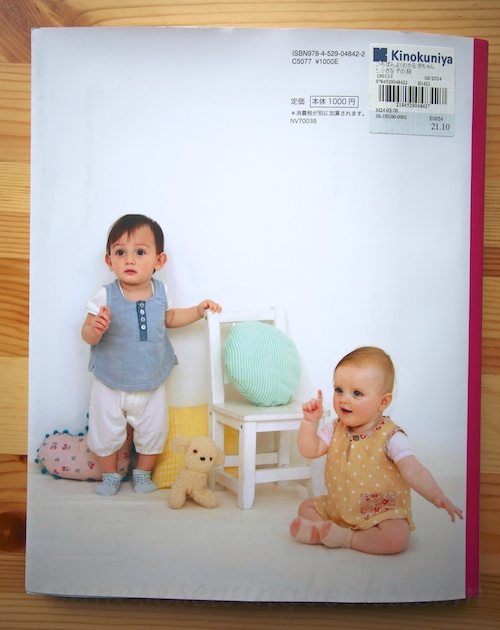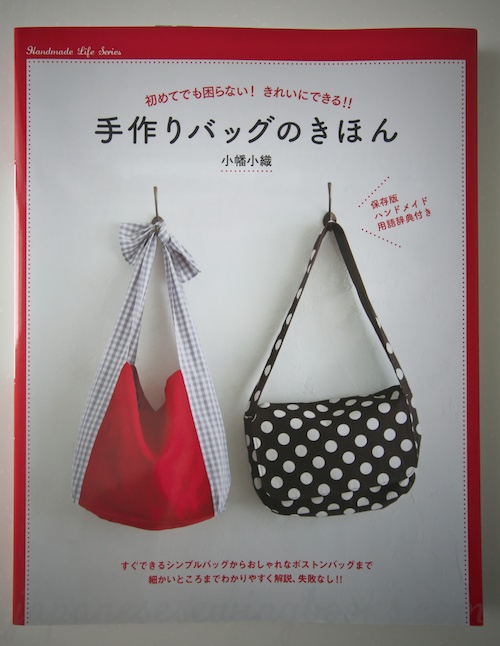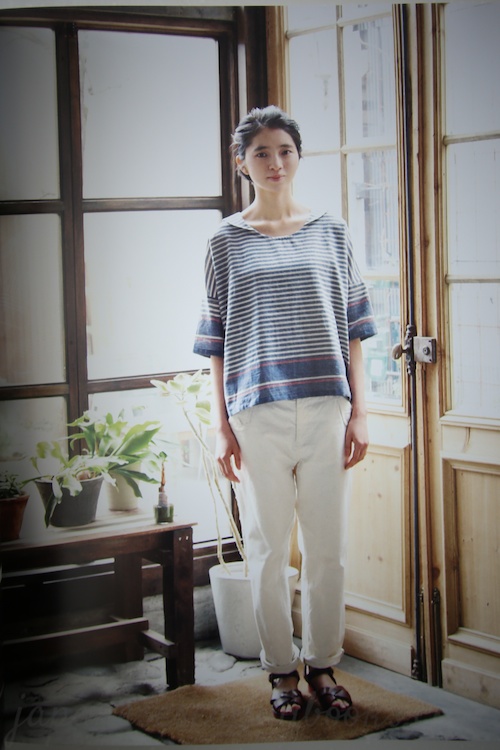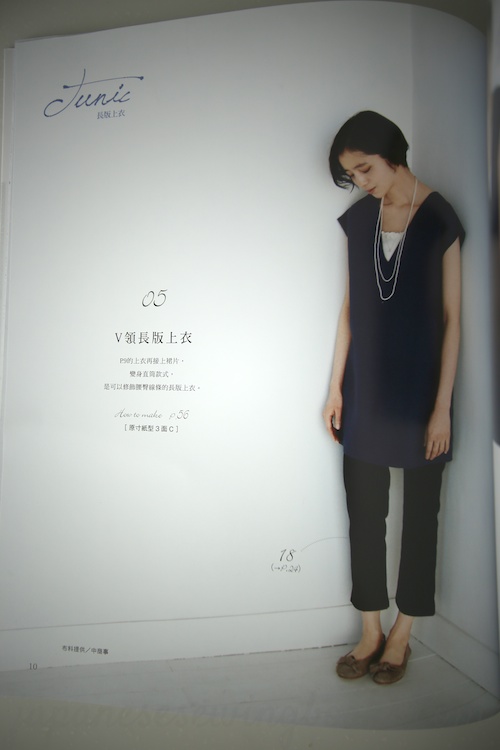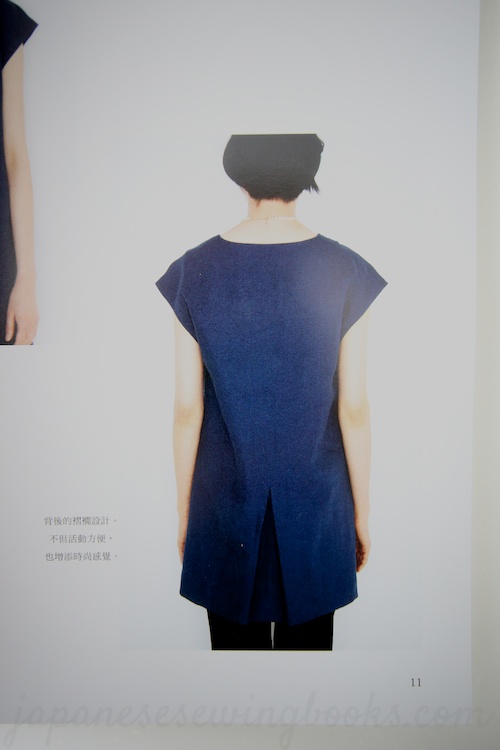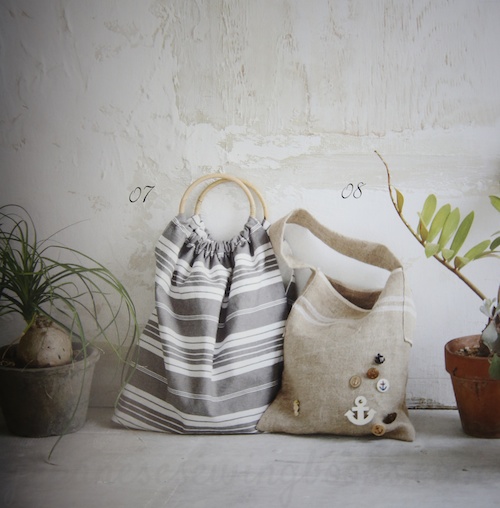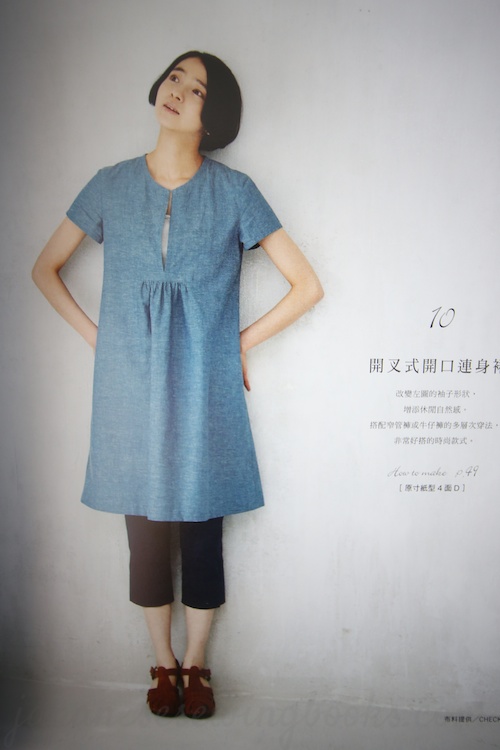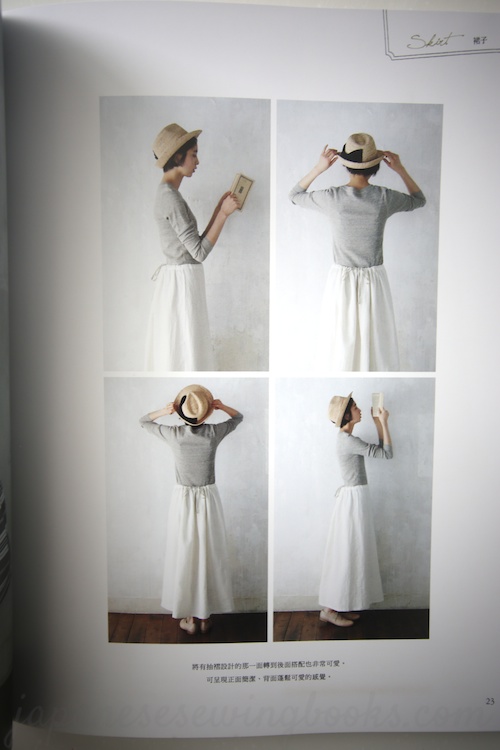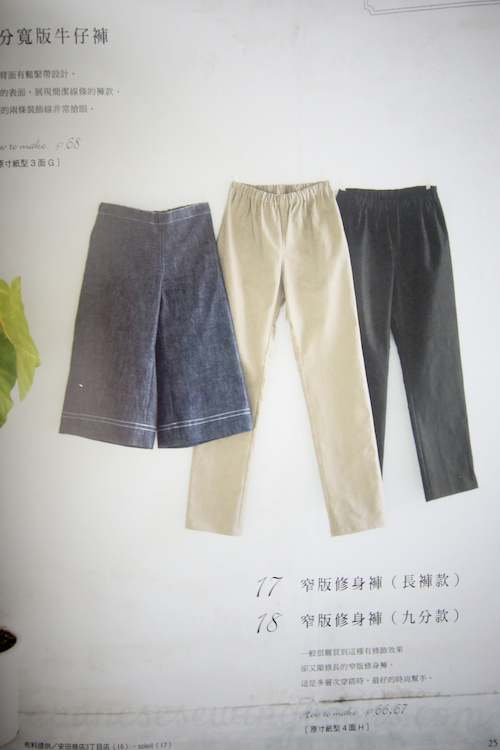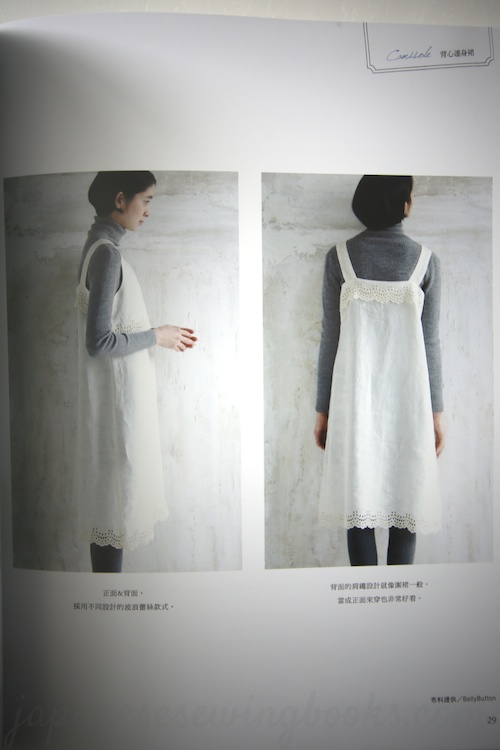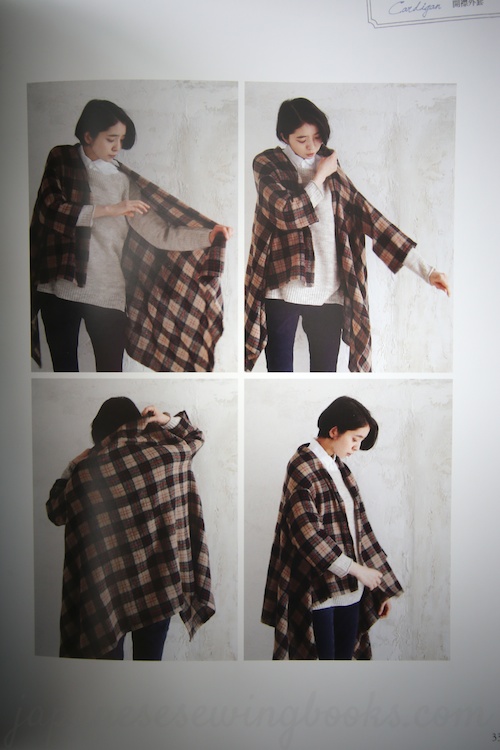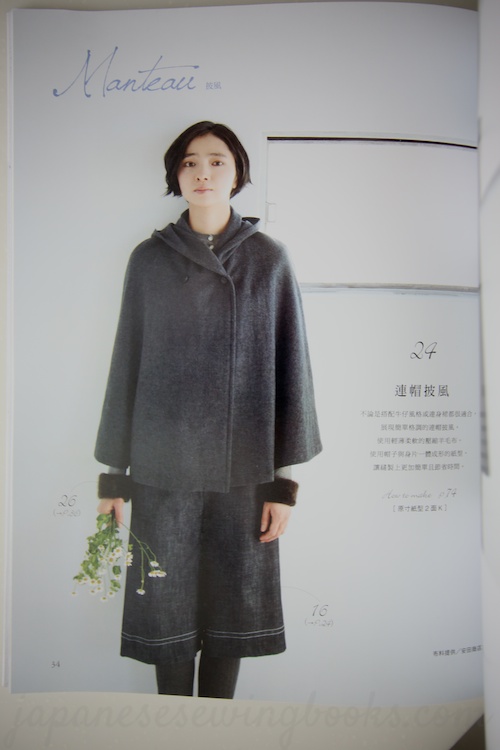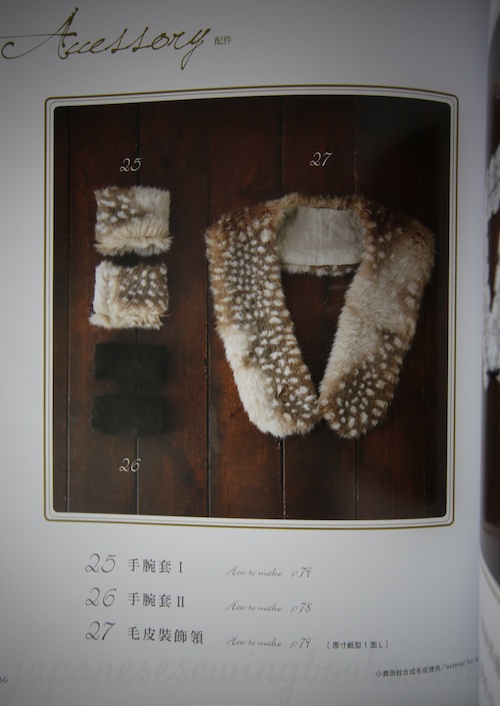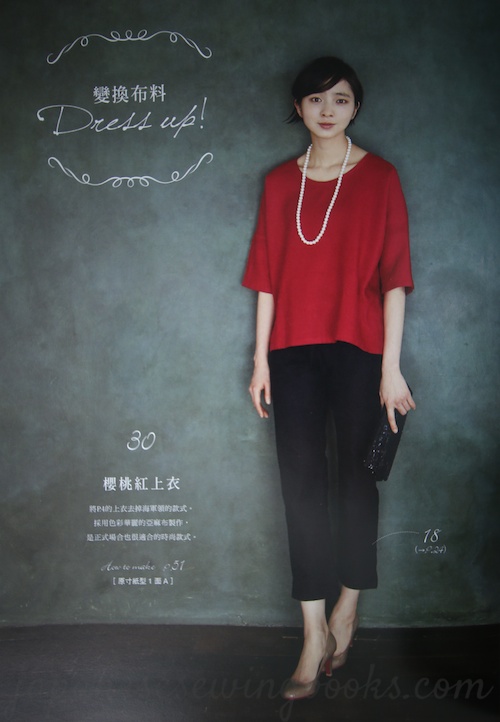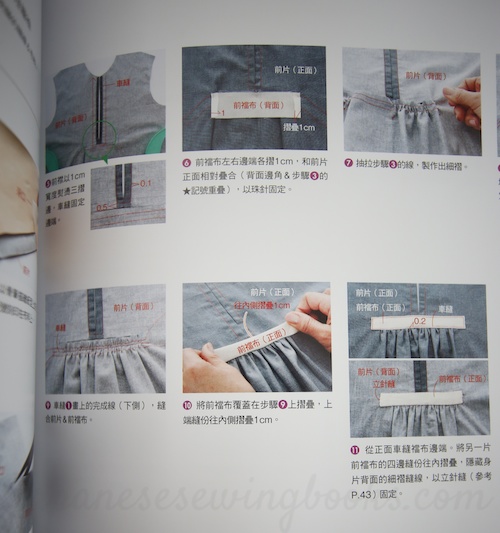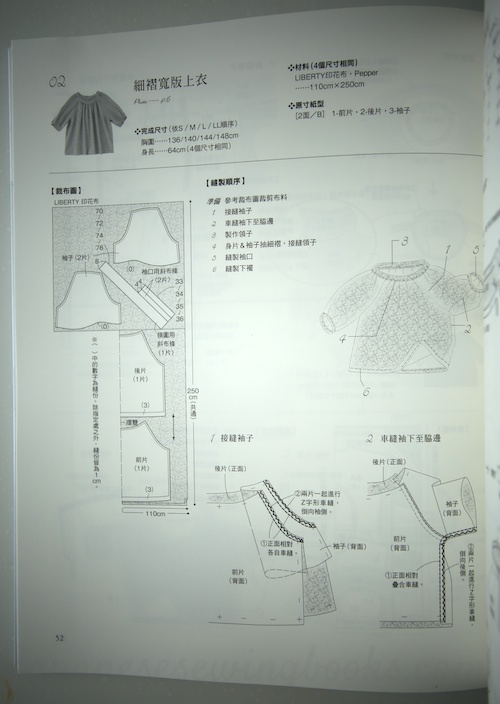All book or magazine reviews
Book Review – Sew Sweet Handmade Clothes for Girls – Now in English!
October 24, 2014Very Very excited to discover that one of my favourite Japanese pattern designer for girls dresses, Yuki Araki (荒木由紀), now has one of her books translated into English! I have reviewed some of her Japanese sewing books in the past like this one Fashionable clothes for Girls and Lovely Girls’ Dresses for girls up to 160cm. I have also done a translation request and blogged about something I made from her book. In total I have about 5-6 books from her Japanese collection, so you can imagine how much I like her style!
Since I have this original book in Japanese, I have also taken a few photos to make side by side comparisons. So let’s take a look!
English book cover.
Japanese version – the book is slightly wider. Some extra sizing information on the Japanese version but otherwise it’s the pretty much the same.
Taking a peek at the content page, you will find the full listing of the 22 projects, plus 2 projects to make matching items for Moms!
First up is a Camisole. Next to each project, Yuki Araki has some comments and notes to say about it. These have been dutifully translated into English so that her design concept and ideas behind each piece is conveyed. Just as it was done in the Japanese book.
Double Layered Skirt with an asymmetrical shirring on one side of the skirt’s outer layer for a little design effect and also to reveal some of the gorgeous fabric below.
Mother-Daughter Square Neck Smocks. This is one of the two matching Mother-Daughter patterns included in the book.
This sweet outfit comprises of 2 patterns. A button down U-neck blouse as well as an A-line skirt with a yoke and tucks.
A casual outfit great for an active day out or a playdate. A stand collar shirt (with gathers around the yoke seam, which is not that visible due to the color and print of the fabric), as well as a pair of pants with turned up hems. The pants come with cute round pockets at the back, which can be modified to square pockets or removed if you are making them for boys and find the round pockets too girly.
This next dress has got to be my favourite in this book. Can you believe this is an adaptation of the same stand collar shirt above? Except that this is a sleeveless version and has a longer hem to make it a shirt dress. There are also decorative flaps added to the yoke seam. (I thought they were pockets but they were actually just flaps). The dress is matched with a pair of leggings in sweet floral knit fabric. Pattern for the leggings are included as well.
If you thought that making a button placket for the stand collar shirt / shirt dress will be difficult and daunting, have no fear because there is a detailed step by step lesson devoted to the making of the button placket as well as the making of the stand collar. Oh, and the fact that everything is in English makes sense too! 🙂
A close up of the instructions to show you just how clear the instructions are.
Another matching outfit with Mama – this is a U-neck Tunic. The brown fabric won’t be too loud on Mama and it looks really sweet for the little girl too doesn’t it? I love Yuki Araki’s use of colors. There is nothing too loud or colorful, in fact, you may not even pick out these fabrics when shopping for your little girls, but the results are still sweet and adorable.
You can tell that Yuki Arai loves natural colors. To make a natural color more interesting, she chooses fabrics with subtle design details, like this embroidered knit fabric that has been made into a long-sleeve coat. This coat has a hood as well as elasticized cuffs. You can also use the same pattern but vary the fabric choice/weights to make suitable coats for other times of the year.
This is the dress featured on the front cover. It is actually an extension of the camisole into a dress length, with added skirt panels and tied up with a pretty ribbon on front. This will be lovely in a double gauze or cotton lawn.
A longer length variation of the stand collar shirt, this version has long sleeves with contrasting trim on the collar, button placket as well as the cuffs. Main fabric is a dark brown check.
This is such a cute outfit for little girls to play dress up. she looks kind of grown up in it doesn’t she? By the way, the buttons in front are actually for decoration and the actual opening for the blouse is at the back. This is because the blouse is meant to fit neatly (not tight, but not baggy) and therefore it will be easier for a child to wear it with a proper back opening.
A variation of the long sleeve coat, this version sports a round collar, with short sleeves gathered with elastic . This was made with knit fabric which makes it comfortable for everyday wear.
This dress is a variation of the square-neck smock (seen earlier in the Mother-Daughter matching patterns) but in a longer length and color combination. You can make a matching dress for yourself too by adapting the Mama’s pattern into a dress length.
There are also two accessories patterns included in the book, you can make them in various fabric combinations that will match your outfit!
Two little bags with flap enclosures.
A reversible hat
Line with it a pretty fabric!
A quick glance at all the projects in the book.
Now for the important information. The size chart. Also note the paragraph above the size chart about the preference for using metric measurements.
There are also 4 pages of sewing notes with basic sewing information about using the books – tracing patterns, preparing the fabrics, sewing knits, making gathers etc. Pretty useful information. They have the same information in the Japanese version of course, but usually when I see a large chunk of Japanese text I usually ignore those pages as it requires too much effort to read 😛 Now I can understand what was written in that text!
The how-to-make page follows the same standard format. Materials, Sewing Steps, Cutting Layout, and a general diagram showing the order of make.
The original Japanese version is pretty much the same, but do you find that the font size is a lot smaller and there’s more white space?
Close up of the instructions.
Patterns are neatly enclosed in a handy pocket attached on the back cover.
Title : Sew Sweet Handmade Clothes for Girls: 22 Easy-to-Make Dresses, Skirts, Pants & Tops Girls Will Love
Author : Yuki Araki
ISBN No : 978-4-8053-1315-2
I am hoping that there will be many more Yuki Araki books to be translated. This book is in fact, one of her earlier books to be published. In particular, we really need more patterns for teenage girls who are between 100-160cm in size. It will be awesome if this book that Yuki Araki published last year for older girls can be translated as well. Hoping that the lovely folks who have been doing such a great work of translating our beloved Japanese sewing books can hear our pleas and put this on the list!
While waiting for more of our favorite titles to be translated, I can tell you that there are a couple more already in the works (Yipee!) and I’ve got one more translated sewing book to share with you. It is not released yet but ready for a sneak preview. Right here on my blog. So stay tuned!
For a full list of Japanese sewing books that have been translated to English, click here.

